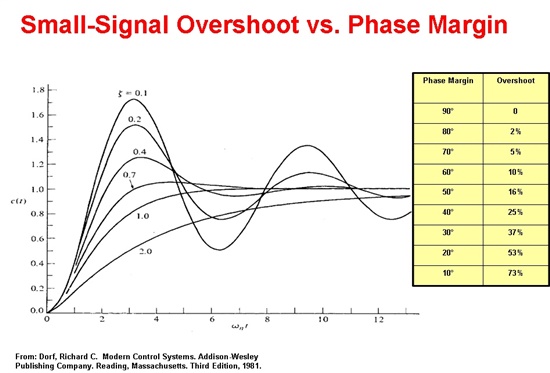What are the locations of the open loop pole frequencies of the OPA227? I estimate there is a low frequency pole at about 0.08Hz but most op amps have at least one more pole at a frequency higher than the unity gain frequency of the op amp.
I ask because I am designing a low noise composite amplifier with a discrete BJT differential pair front end. The OPA227 will serve as the second stage amplifier taking the differential output of the first stage from the BJT collectors. I must know the composite amplifiers open loop response to properly compensate it. I know the open loop response of the discrete first stage and now only require the open loop response of the OPA227 second stage.
Thanks
--hassan




